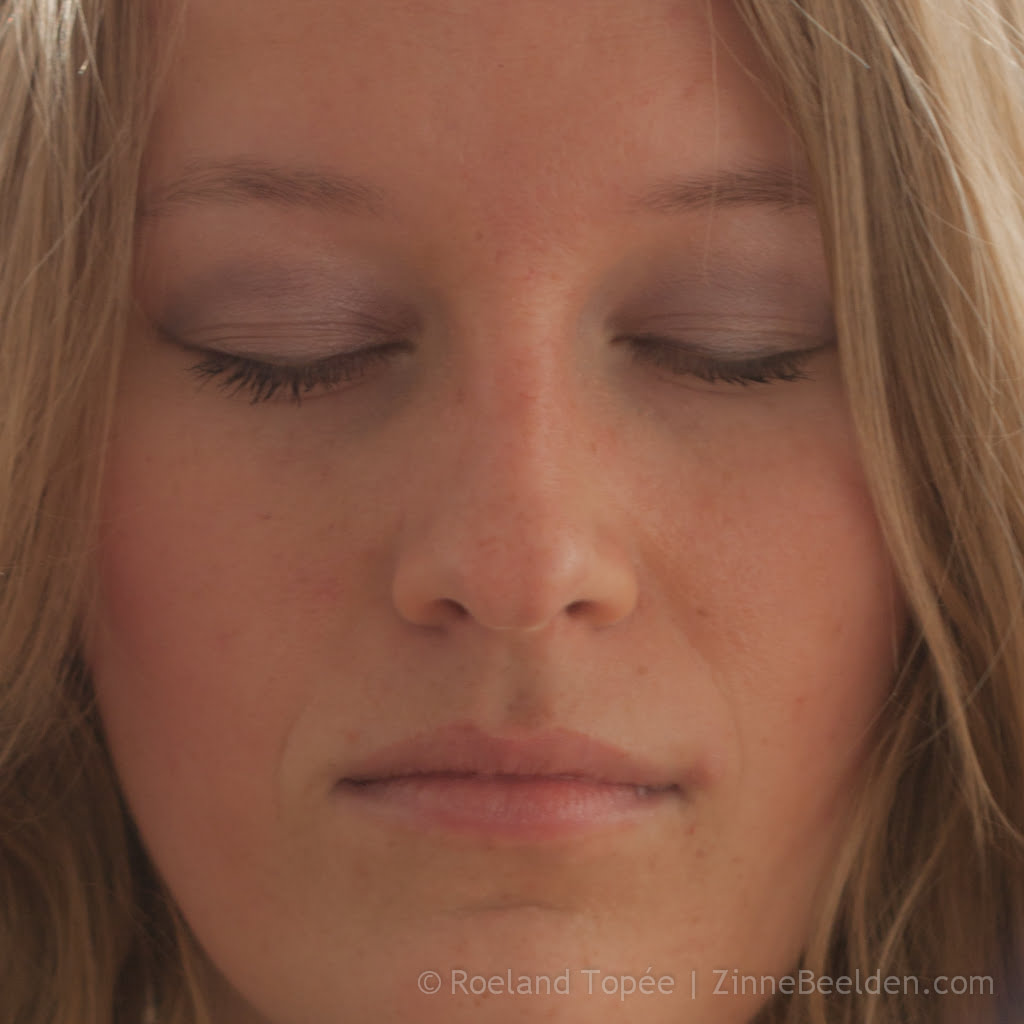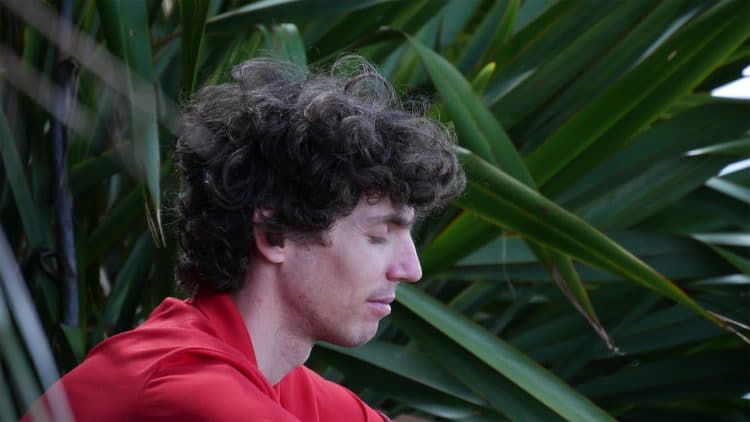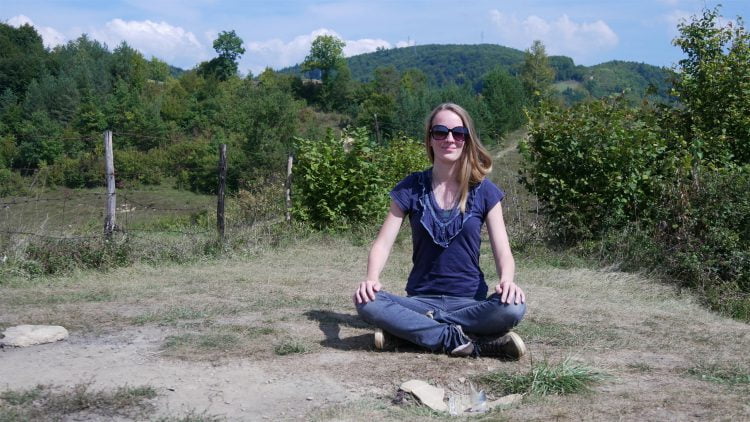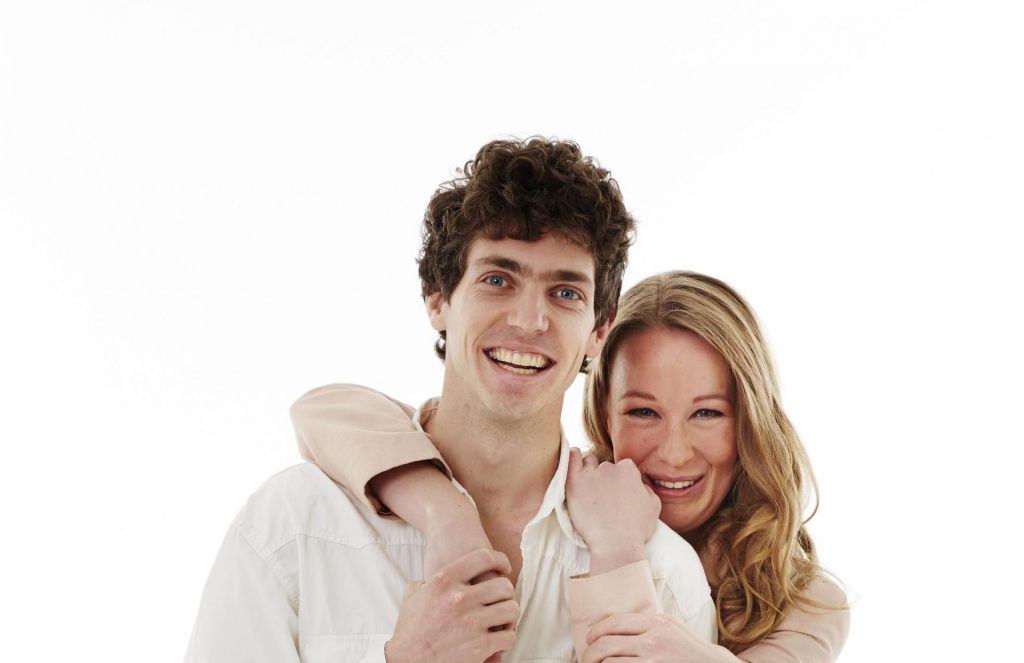Meditation meaning
The word meditation is derived from the Latin meditatio. It has a link with the words:- meditari: what reflection or reflection means
- medere, which means cure

Meditating benefits
Meditating is an addition to regular health care; always consult a medical doctor in case of complaints. The following are examples of benefits that meditation can give . How the benefits manifest themselves differs from person to person and depends on how often and how long someone meditates.General benefits:
- You become more energetic.
- Your health is promoted.
- You become calmer and more relaxed.
- You experience more happiness.
Physical benefits:
- Your body comes to rest. Substances that create stress (such as cortisol) can reduce.
- Your body contact is improved. For example, you will realize what your body needs more quickly and you can respond to it faster (in this way you can eat on time, instead of getting hungry; then it is already too late).
Emotional benefits:
- You can better deal with emotions, such as fear and strong emotions.
- You experience more compassion.
- You are at peace.
- You live in the Now.
- You feel more connected with Yourself and others.
- You feel more freedom.
- You experience feelings more intensely, you get more positive feelings and you can enjoy them more.
Mental benefits:
- You calm your thoughts. Meditation helps to clear your head.
- You become more focused and you increase your concentration (worrying and wandering become less).
- Your self-confidence can increase (and negative thoughts about yourself, for example about uncertainty, will also be transformed).
- Your self-awareness is increased and you are aware of your intuition. You have clear insight into yourself and what, for example, your life purpose and goal on earth is and which choices benefit you. You can easily distinguish what belongs to yourself or someone else.
Relational benefits
- You have more empathy.
- You have more compassion.
- You can better deal with conflicts.
- You can forgive yourself and otherseasier.
 Much scientific research has been done on meditation, including Dr. John Kabat Zinn and scientists at Harvard University .
Much scientific research has been done on meditation, including Dr. John Kabat Zinn and scientists at Harvard University .HSP TV: a YouTube video about meditating
In this episode of HSP TV I interview Mathijs van der Beek. As a child, Mathijs suffered from disadvantages associated with high sensitivity. For example, he was sometimes tired . In this video he tells how he discovered that he was highly sensitive and what helped him. Mathijs tells about meditation. Because what exactly is meditation and how can you meditate? Mathijs gives various tips and an exercise. HSP can benefit greatly from meditation!This videos is in Dutch with English subtitles. To get the subtitles:- Press on the play and pause button.
- Press on the subtitle button. If this does not work:
- Click the gear icon in the bottom-right corner of the video player to display the video player settings.
- Expand the combo box next to Subtitles/CC.
- Click the desired subtitle language to begin displaying subtitles. The video is manually translated in to English (so the translation is okay), YouTube translates the video automatically to other languages (we are not sure if the quality of the translation is okay then).
Major misunderstandings about meditation unraveled
In my view there is no such thing as ‘the truth’, but there are several truths and realities. I invite you to discover your own truth :). Below you will find my truth about meditation for inspiration. In my view, there are various misunderstandings about meditation, such as that:- It’s boring; you can make it as much fun as you want!
- It takes a long time and you have to meditate for at least 1 hour straight and you don’t have time for this when it is busy; you can meditate as long and as long as you like.
- You must be in a lotus position; you can meditate in any position. The most important thing is to choose an attitude that is comfortable for you. This can be, for example, sitting on a chair or lying on a yoga mat.
- You have to stop your thoughts. Meditating is about consciously ‘playing’ with your thoughts and examining, observing and recognizing them. It is not the goal of meditating that you no longer have thoughts, but you learn to deal with them differently and approach them differently. In this way you can change and transform a vicious circle of continuous thoughts.
- You have to sit still and your body should hurt. If you feel itchy or are no longer comfortable, you can definitely sit at the itch spot or find another comfortable position. You should make it as easy and pleasant as possible for yourself.
- It is ‘ vague ‘ or ‘floaty’. Meditation is an age-old, proven, scientifically based method. Although it is possible to observe
Learn to meditate in 6 steps:
Step 1. Determine your goal
Why do you want to meditate and what do you want to achieve? It is important that you define your own goal (instead of your environment). Your personal goal can help you move forward and nudge you to meditate if you:- Feel like you’re too busy once.
- Think there are other things more important than meditation.
- Get distracted while meditating.
- Just can’t afford the energy to meditate.

Step 2. Choose a location that feels comfortable for you
Basically, you can meditate anywhere. Start practicing meditation in a space where there are few sensory stimuli. For example, meditate in a relatively quiet space, with few objects and a fine temperature, and keep your eyes closed. This can be in the house on the edge of your bed, behind your desk or in the bath.Step 3. Find a comfortable position
The best known ways to meditate are by lying down or sitting down. Make yourself as comfortable as possible. For example, you can meditate on a meditation cushion or meditation bench.You can also meditate in your daily life with your eyes open! There is then complete openness to all impressions, without distracting attention from clear thinking. Just think of meditation:- In sports
- If you do something creative
- If you’re intimate
- If you walk in nature
- If you perform yoga postures
- If you’re in the train
Step 4. Learn to relax your body, emotion and thoughts

Step 5. Aim your attention consciously
You can then take any subject of your choice into consideration. Think of your body, breathing, heart, the Yamas & Niyamas, or the mantra Ohm (Aum or Om) and imagine love flowing through your body. According to some, the Ohm sound was created at the time of creation and was the first sound of the universe. This can provide a sense of Oneness and infinite cosmic consciousness.You can do several meditation exercises of Mathijs below:HSP Meditation exercise of Mathijs (mentioned in the HSP TV video above):- Go sit or lie quietly.
- Breathe in and out a few times (for example 5) so that your body relaxes.
- If you notice that you are relaxed visualize a golden net. With this net you can catch all the emotions in your body and around your body. Let the net go right through your body and release the emotions. Then open the net outside your body and let all the emotions suck through the golden net.
- Then release the golden net. It will rise up and transform into golden healing energy that flows over you like golden rain. Allow this energy completely. In all your cells.
- Relax for a while and then come back in 4 breaths.
We collaborate with Ascension Europe. This article therefore contains affiliate links. If you order something from Ascension via the links in this article, we will receive a small compensation for this and you support us. We appreciate this very much! You don’t pay anything extra.
Are you going to order something from Ascension Europe for the very first time? Tip: use the discount code: mathijsvanderbeek and get a 3% discount on your product(s) (this code does not work in combination with other codes/promotions and will not be applied to any shipping costs)!Another HSP meditation exercise of Mathijs to help you with earthing and cosmic grounding:Step 6. Practice!
It is a big misunderstanding that meditation is difficult. Anyone can meditate.It is quite normal that meditating in the beginning is not flawless. You learn to let go, with silence and less stimuli. ‘Old’ energy that has not yet been processed can come to the surface. This can manifest itself in restlessness/strain and emotions (such as frustration). The more you practice, the better you can meditate. Give yourself time, have patience and persevere!Many people make the mistake of starting too fanatically; they start with an hour of meditation, keep this up for a few days, then think “it doesn’t work yet” and stop. This is a shame! So start small for example with a meditation that lasts a few minutes and build up the time very slowly.See meditation as a process with possible ‘peaks’ and ‘troughs’, don’t be discouraged by this! Seek help from a professional if you feel uncomfortable while meditating: this is not the intention :).Did you find this article valuable? Donate!
Did you get anything out of this article? You are doing us a big favor with a donation :). By doing so, you will support us to share even more informative and inspiring articles in the future. Any amount (small or large) is very welcome.
You can donate via your creditcard or PayPal-account through this link using PayPal. Our PayPal account is in the name of Femke de Grijs Training & Coaching.
About Femke de Grijs and Mathijs van der Beek
We are Femke and Mathijs: a Dutch couple and we are both highly sensitive and highly intuitive/paranormal. We feel a non-physical presence beyond the visible site and we are very interested in spirituality and sacred places.

We love to travel the world with our dog Juultje (born in 2022).
We like helping highly sensitive and paranormal persons to discover their divine calling and soul purpose and live it, so they can feel alive too.